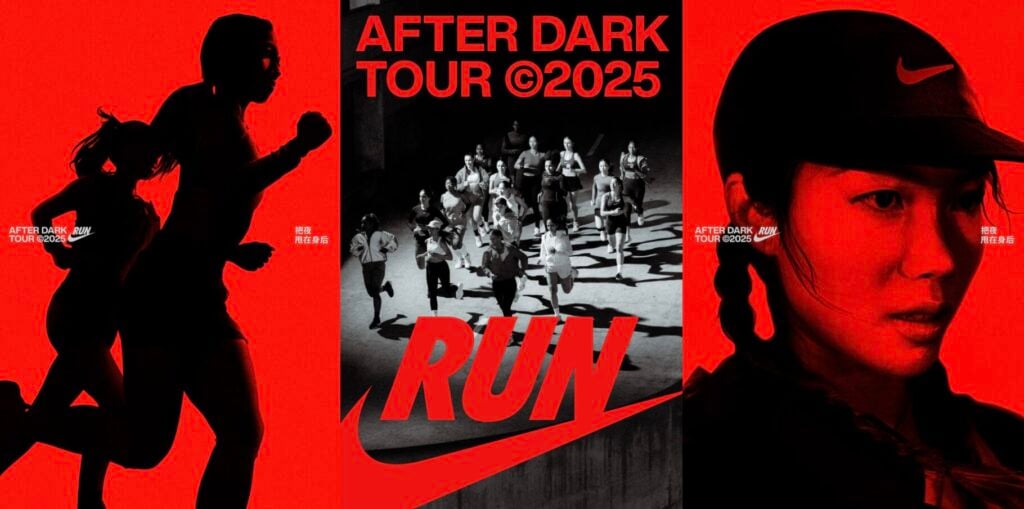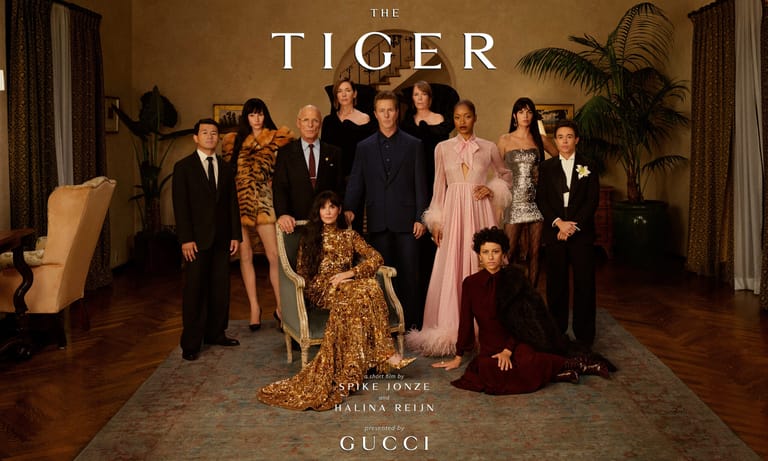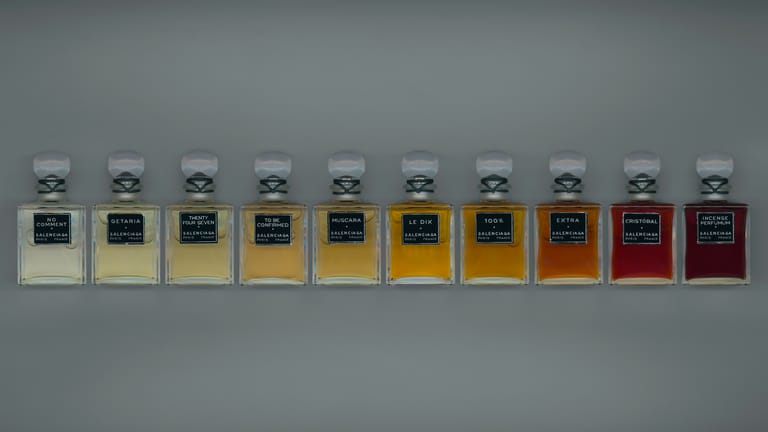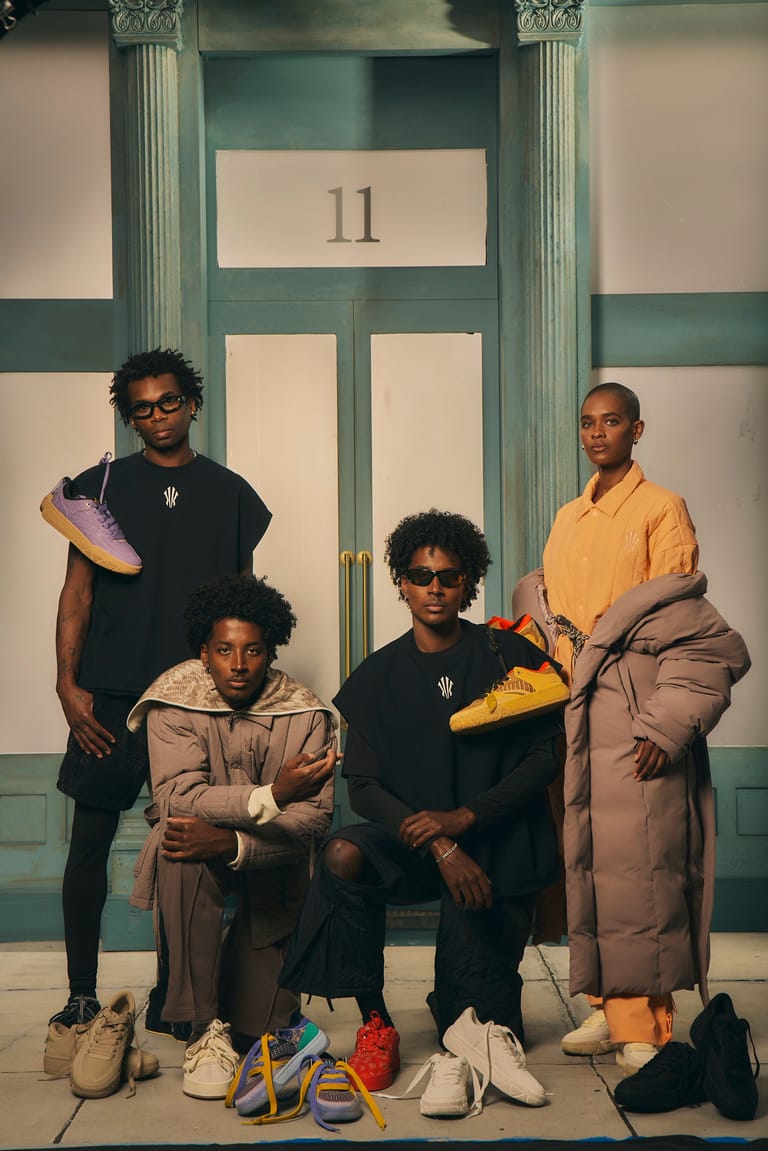Monday Briefing: The Battle for China’s Sportswear Market and the Shifting Luxury Consumer
By
Wenzhuo Wu

Published on
March 24, 2025

Start your week with sharp analysis and fresh insights into China’s latest cultural, luxury, and consumer trends. Monday Briefing connects the dots between local shifts and global repercussions, highlighting relevance to the luxury market, business strategies, and modern lifestyle trends shaping our world today.
Jonathan Anderson’s departure from Loewe was confirmed last week, igniting speculation about his next move and the brand’s ability to sustain its appeal after his successful run at the helm. In Guangxi Chongzuo, Bvlgari marked the 30th anniversary of its signature Pour Homme collection, while in Nanjing, Inditex unveiled Zara’s Xinjiekou flagship featuring phygital retail experiences. Over the weekend, Formula 1 dominated Shanghai’s social media, with Louis Vuitton debuting as Formula 1’s official brand sponsor.
Meanwhile, Nike and Anta released their latest financial results, offering a stark contrast. Nike’s earnings highlight mounting pressures from a slowing global economy, trade tensions, and shifting consumer preferences, while Anta continues its rapid ascent through localized strategies and aggressive R&D investment. Simultaneously, the latest Hurun report on high-net-worth individuals (HNWIs) signals a decisive shift from traditional luxury goods to experiential spending, forcing luxury brands to rethink their China strategies.
Nike’s China Challenge: A Market in Transition
Nike’s fiscal 2025 Q3 results released last week underscore its struggles in an increasingly complex landscape. Despite modestly beating earnings expectations, revenues fell 9 percent year-over-year, reflecting sluggish demand and broader economic headwinds. Long a key growth engine, Greater China is now a battleground where Nike must contend with softening sales, evolving consumer sentiment, and intensifying competition from domestic giants like Anta and Li-Ning.
A persistent issue is inventory management. Overstocking in China has forced Nike into deep discounting, eroding brand equity. Under CEO Elliott Hill, the company is streamlining supply chains, rationalizing product assortments, and strengthening ties with local distributors. While these moves may yield long-term benefits, they come at a short-term cost to revenue.
Geopolitical risks further complicate Nike’s China ambitions, with tariffs posing a material threat to its imports into the United States. Furthermore, Nike’s reliance on China-based manufacturing and its positioning as an American brand make it particularly vulnerable to consumer sentiment shifts amid rising nationalism. In contrast, domestic rivals are leveraging cultural pride to deepen engagement with younger consumers.
Still, Nike Greater China Chairman & CEO and Global CEO of ACG Dong Wei reaffirmed the brand’s commitment to the country, stating: “We are going all in on the Chinese market, proactively accelerating our strategic transformation, optimizing inventory management and operational portfolio, and creating innovative products and services centered around sports… We remain highly confident in Nike’s long-term growth in China.”

Anta’s Rise: A Domestic Champion in the Making
While Nike recalibrates, Anta Sports is accelerating its expansion. The company reported a 13 percent rise in revenue for fiscal 2024 and issued bullish guidance for 2025, despite a slight downward revision to Fila’s operating margin. Anta is executing an ambitious long-term strategy blending multi-brand expansion, retail innovation, and heavy R&D investment. Notably, revenues from brands beyond Anta and Fila surged 53.7 percent, driven by Descente and Kolon Sport.
Innovation remains central to Anta’s playbook. The company invested RMB 2 billion in R&D in 2024, up 20 percent year-over-year, with plans to double this over the next five years—a level unmatched by other Chinese sportswear firms. Meanwhile, e-commerce remains a vital growth driver. In fiscal 2024, online sales increased by 25.1 percent, contributing 33.8 percent of total group revenue, as Anta strengthened partnerships with traditional platforms while exploring emerging digital channels.
Anta’s “Single-focus, Multi-brand, Globalization” strategy has positioned it as a formidable global competitor. Its elevation into a premium sportswear label, now ranked ninth in the BrandZ Global Apparel rankings, highlights how Chinese firms are mastering brand-building at scale.
The High-Net-Worth Consumer: A Shift Away from Material Luxury
Beyond sportswear, China’s broader luxury landscape is undergoing a fundamental shift. The Hurun 2025 report on HNWIs reveals a 2 percent decline in high-end consumption, signaling waning demand for traditional luxury items like handbags, jewelry, and fine wines. This marks a departure from the post-pandemic spending surge.
More striking is the pivot toward experience-based consumption. Spending on luxury hospitality and travel has jumped 17 percent, while niche segments—private aviation, yachts, and cultural tourism—are emerging as new status symbols. The trend reflects a deeper shift: Wealthy Chinese consumers now seek exclusivity not through possessions but through unique and immersive experiences.
This evolution presents both challenges and opportunities for luxury brands. The old playbook of mass-market handbags and logo-driven merchandise is losing relevance. To stay competitive, brands must emphasize bespoke services, VIP experiences, and localized cultural engagement. Those failing to adapt risk obsolescence as consumer priorities continue to evolve.












